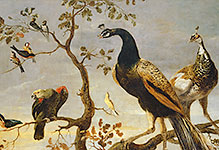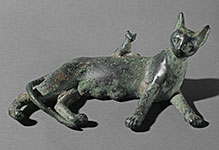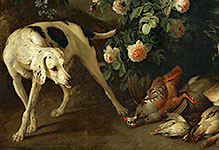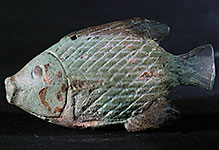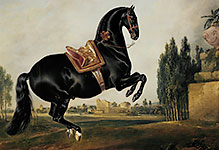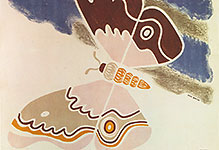
#03050458
Hanging bowl from the Sutton Hoo burial, Anglo-Saxon, late 6th-early 7th century...

#03050460
Gold belt buckle fom the ship-burial at Sutton Hoo, Suffolk, early 7th century....

#03050462
The Franks Casket, Anglo-Saxon, first half of the 8th century. Box also known as...

#030506 6
Attic red-figured kylix with Zeus and eagle abducting Ganymede; 470 BCE.

#03050616
White kylix showing Leda and the Swan.

#03050619
Greek black-figured oenochoe with charioteer and horse; 6th century BCE.

#03050620
Relief showing horsemen. Pentelic marble; West frieze from the Parthenon, Athen...

#03050622
Red-figured ceramic skyphos with owl; 4th century BCE.

#03050625
Gold amphora-rhyton with centaur handles on each side (3rd BCE). Panagyurishte...

#03050635
Attic red-figured vase showing Amazon fighting a cavalry (detail); 4th century B...

#03050643
Back wall of the Tomb of the Lionesses, Tarquinia, Italy; around 530-520 BCE. B...

#03050644
Tomb of the Lionesses, Tarquinia, Italy; around 530-520 BCE. Depiction of two da...
